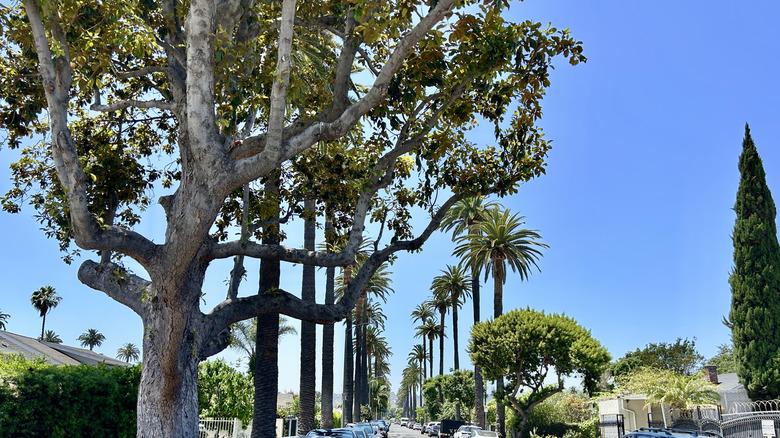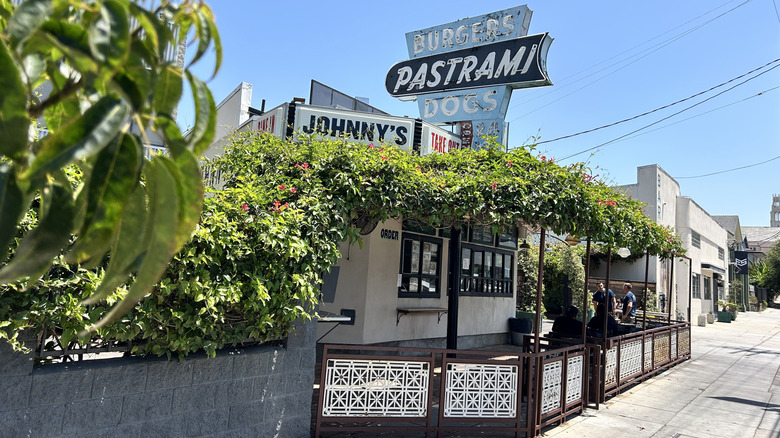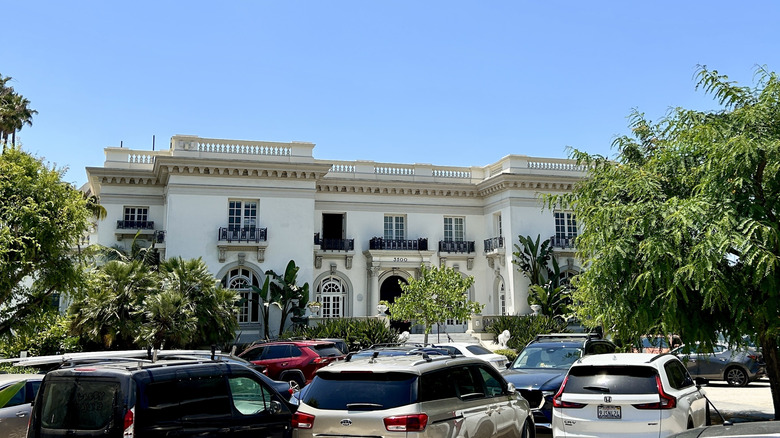Stretching from the Pacific Ocean to the San Gabriel mountains, Los Angeles is a tapestry of urban landscapes patchworked into neighborhoods with distinct personalities, from the breathtaking opulent estates of Beverly Hills to the walkable charm of hidden gems like Glassell Park. Among L.A.’s most historically and culturally rich neighborhoods is West Adams, a centrally-located community adjacent to Mid-City, a sprawling area filled with colorful murals. West Adams is just west of the University of Southern California (USC) and downtown L.A., and it’s roughly bordered by Pico Boulevard to the north, Figueroa Street to the east, West Boulevard to the west, and Jefferson Boulevard to the south, with West Adams Boulevard as its primary east-west artery.
In the early 20th century, film stars like Buster Keaton and Fatty Arbuckle built mansions in West Adams, making it one of L.A.’s most affluent and recognizable districts, with its picturesque streets often used as movie set backdrops. As the streetcar system expanded, West Adams became a haven for affluent Black residents. Nicknamed “Sugar Hill,” it was considered “LA’s first suburb.” Hattie McDaniel, the first Black woman to win an Academy Award, lived in West Adam, as did blues musician Ray Charles. In the 1960s, much of the area was demolished to construct the freeway, controversially displacing many residents. Yet West Adams rebounded, becoming known for cultural landmarks like the city’s first Black gay dance club, Jewel’s Catch One– dubbed “the Studio 54 of the West Coast” — which remains open today.
Since the mid-2010s, West Adams has grown tremendously. In 2015, Curbed named it LA’s “neighborhood of the year.” However, change brings complications, and despite improvements like pedestrian pathways, some residents worry revitalization is pushing out longtime locals. Real estate prices and living costs have surged, and reports show this is disproportionately affecting communities of color.
West Adams is a food mecca and culturally rich creative hub
Now home to a stand-out mix of soul food, Asian, and Mexican restaurants, West Adams is a great destination for foodies and holds its own against L.A.’s best local restaurants. Long-time favorites still anchor the neighborhood’s culinary scene: Johnny’s Pastrami on W. Adams, originally a simple hot dog stand, reopened as a pastrami shop and expanded to include a cocktail and vinyl bar, blending nostalgia with nightlife. On Jefferson Boulevard, Harold & Belle’s, often called “the heart of L.A.,” has been serving New Orleans-style Creole cuisine since 1969. Now it’s run by the third-generation of Harold and Belle’s family, who are active with community nonprofits to feed those in need.
One of the first new restaurants to make waves in West Adams was Alta Adams, a “California soul food” spot that twists classic Southern comfort with a West-Coast flair and became a favorite of Black Hollywood, attracting names like Issa Rae and Jay-Z. Meanwhile, pop-up concept-turned-permanent fixture CENTO perfectly illustrates the modern side of Mid-City’s revitalization. The original pasta bar is notable for its hand-made pastas and a thoughtful seasonal menu, well-crafted cocktails, and a lively patio, and has added a raw bar next door.
In addition to a vibrant food scene, West Adams offers rich cultural experiences. Make an appointment to visit the Ray Charles Library & Museum, located where the music legend had his studio and creative offices. Stop by Reparations Club, a Black-owned, independent bookstore curating titles that emphasize the city’s historic Black community. For something more offbeat, check out Velaslavasay Panorama, a unique theater-garden-gallery concept dedicated to “unusual visual experiences and performances.” It hosts showings of 360-degree moving panoramas — a predecessor to modern cinematic form — as well as immersive, experimental performances.




